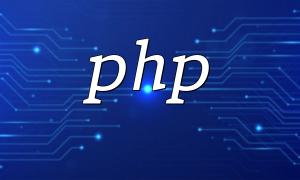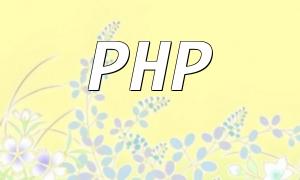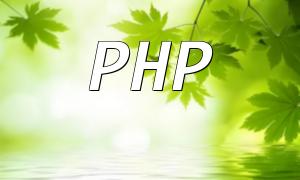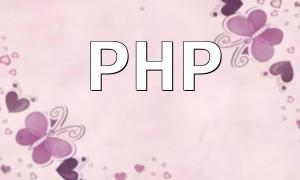In modern web development, PHP is a widely used server-side programming language. To extend its capabilities, developers often install extensions. This article provides a detailed guide for installing PHP extensions on macOS, helping you to use PHP more effectively.
PHP extensions can add new features or improve the performance of your applications. For example, if you need to process images, generate PDF files, or interact with certain databases, you may need to install specific extensions. Therefore, knowing how to install PHP extensions on macOS is an essential skill for every PHP developer.
Before installing PHP extensions, make sure PHP is installed on your macOS system. You can check your PHP version with the following command:
If PHP is not yet installed, you can install it using Homebrew. Run the following command in your terminal:
PECL is a convenient tool that allows developers to easily install and manage PHP extensions. Here are the steps to install an extension using PECL:
PECL is typically installed with PHP. If you've already installed PHP, you can check if PECL is available by running the following command:
For example, if you want to install the imagick PHP extension, use the following command:
Once the installation is complete, you'll need to enable the extension in your PHP configuration file. Find your php.ini file, usually located at /usr/local/etc/php/
To check if the PHP extension was installed and enabled successfully, run the following command in your terminal:
If you see "imagick" in the output, the extension has been successfully installed.
If you can't find the php.ini file, you can locate the PHP configuration file by running the following command:
This may happen if your development environment is missing necessary dependencies. You can resolve this by installing the required dependencies via Homebrew or by updating your Xcode command-line tools.
With this guide, you should be able to smoothly install and enable PHP extensions on macOS. Mastering these skills will significantly enhance your development capabilities and efficiency. Be sure to periodically check and update your extensions to ensure their compatibility and performance.









